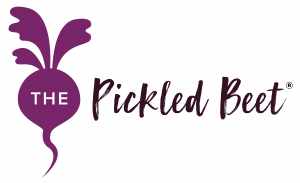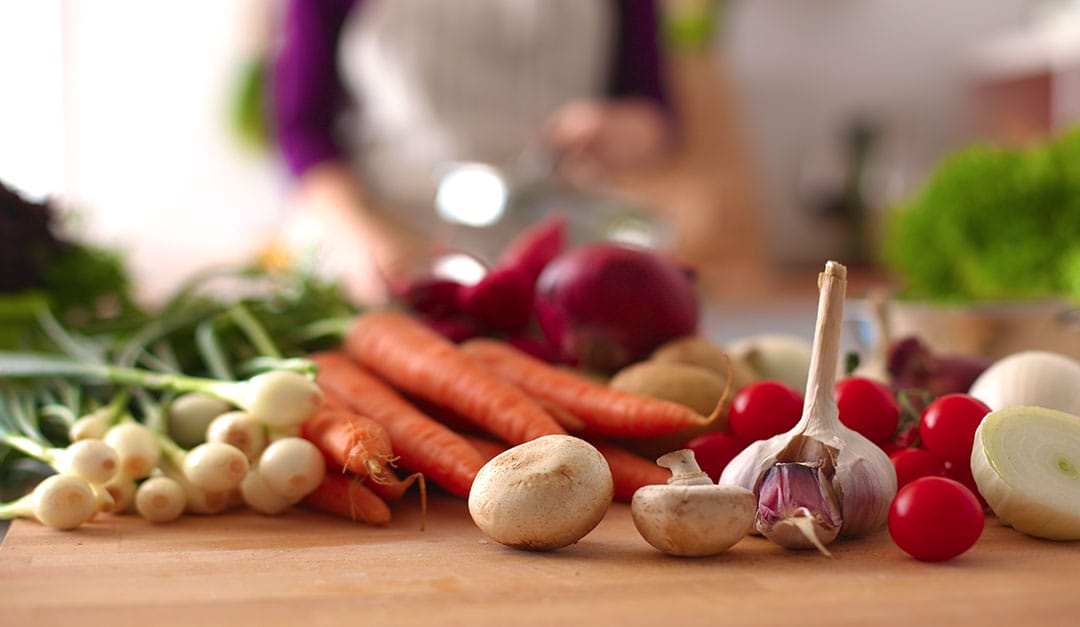More Than Merely A Weight-Loss Method, Vegetables Are Packed With Beneficial Ingredients
Everyone knows vegetables are a healthy choice … but what makes them so much better than most other Everyone knows vegetables are a healthy choice, and you don’t have to eat them raw. There are so many ways to eat them, from loading them on your pizza to piling them into your favorite stew or soup recipes.
As it turns out, veggies aren’t just for losing weight. They’re packed with vitamins, minerals, antioxidants, fiber, and essential nutrients.
Why Vegetables Are So Good
Most vegetables are low in calories, and most are low in fat (but even veggies that aren’t have “good” fat). Most vegetables also are a good source of dietary fiber, which promotes digestive health, helps with blood-sugar and cholesterol levels, and lowers your risk for diabetes, heart disease and some cancers. In general, the darker the vegetable, the higher it is in fiber. Some of the best sources of fiber include carrots, beets, broccoli, collard greens, Swiss chard, and artichokes (a medium artichoke is packed with about 10 grams of dietary fiber).
Many vegetables also are a great source of important nutrients, such as vitamin A, vitamin C, potassium, calcium, folate, and lutein, as well as a host of other vitamins, minerals, and antioxidants.
Why Some Vegetables Are Better Than Others
Which vegetables are best? That mostly depends on what nutrients you’re looking for and how many calories you need to consume. Consider white potatoes, which are a good source of vitamin C and potassium, but are very starchy; their high carbohydrate content make them a poor choice for dieters or people trying to manage blood-sugar levels.
The veggies at the top of the class include kale and spinach (lots of nutrients, few calories), with the lowest achievers including cucumbers and radishes (very few nutrients). But keep in mind that the least nutritious vegetables are still way better for you than processed foods or foods that are high in sugar.
Eat the Rainbow
To make sure you get a good representation of vitamins, minerals, antioxidants, and fiber, it’s best to eat the rainbow. No, we don’t mean to chow down on Skittles. Eating the rainbow means consuming a broad variety of fruits and veggies of various hues and shades, which actually ensures getting a proper amount of the various nutrients. So have a radish, carrot, yellow squash and some spinach. It’ll be a tasty salad and you’ll be doing your body a lot of good.
Be sure to check back next week to read about another component of a healthy plate.
The Pickled Beet incorporates all essential dietary elements into many tasty and healthy recipes for our Miami clients.We work with individuals, couples, and families to find meals that are flavorful, healthy, and best fuel the body no matter what nutritional requirements might be part of the equation. Contact us for a free consultation.
An easy way to work some more vegetables into your diet is this chef-approved stirfry recipe. Aren’t a fan of these veggies? Simply swap them out for others.
Vegetable Stirfry
Ingredients:
1 1/2 pounds carrot sliced on bias
2 10 oz. packages broccoli floret
1 pound(s) mushroom, shiitake stemmed and sliced
1 large yellow onion cut into eighths
1 scallion bunch sliced
Coconut oil
3 tablespoon(s) garlic minced
3 tablespoon(s) ginger root, fresh minced
12 ounces oyster sauce
4 ounces vegetable broth, low sodium
1 tablespoon Tamari Soy Sauce
1 teaspoon Sesame oil
Directions:
Saute veggies one at a time in coconut oil and set aside in a large bowl.
Add more oil and saute garlic and ginger until fragrant.
Add oyster sauce, broth, soy sauce, and sesame oil.
Heat through. Add veggies back in and stir to combine vegetables with sauce.


